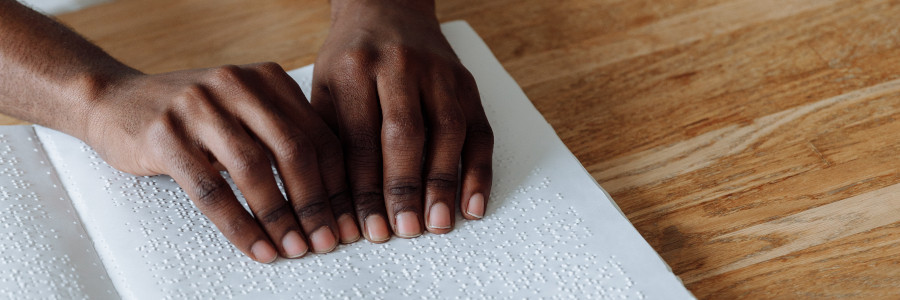 Creating accessible newsletters
Creating accessible newsletters
Start with these tips to make your newsletter more accessible to a wider audience.
Do you know how to write a newsletter? If you are a technical writer reading this it's likely that the answer to this question would be a firm "Yes." But are your newsletters accessible too?
First of all, let's map out what accessibility is. Deque University, a leader in the accessibility market, defines it as environments, things, and processes that can be used or followed by all people.
A newsletter is a printed report giving news or information of interest to a special group. Newsletters are often made of text and images which can be difficult to understand for people who have disabilities. Why? Because many people who have disabilities use different technologies to help them access the web, website, and components.
They are classed as, according to Accessibility Spark:
- Visual (technologies that help people who are blind or have low vision like screen readers)
- Auditory (technologies that help people who are blind or hard of hearing such as hearing aids)
- Motor (for people who have motor disabilities who use technologies like power motors)
- Cognitive (for people who have cognitive disabilities that occur on their own or result from a variety of conditions or injuries and use technologies such as memory aids)
People who have disabilities use many assistive tools, such as text to speech softwares, braille display devices, screen magnifiers and more. Therefore, the newsletters you create might not be readable by them.
It's important to remember, however, that not everyone who has a disability uses assistive technology. Keep in mind that some people might have multiple disabilities.
Accessibility is vast and complex, with many components, legal requirements and guidelines. If you want to make your newsletter accessible, where should you start?
Here are some quick and easy tips to make newsletters accessible:
Providing Alt text on images to make sure screen readers users can access them
Alt text and image descriptions are text-based descriptions of visual details in an image written primarily for people who are visually impaired (inclusive of blind/low vision). These descriptions should only be visible for people using screen readers (so try not to write alt text above a text for everyone to see). You should only describe the information that is conveyed through the image. In other words, ask yourself: why is the picture in your newsletter? Alt text should be 100-250 characters and usually in the image meta data. To edit it, you need to click on a box or three dots on the image. If the image is only decorative, it doesn't need alt text.
Offering a plain text option if sending HTML newsletters
Try to use simple language and formatting to make sure everyone that reads you understands your newsletter. Remember to write in short sentences and paragraphs that are concise. If you use acronyms, do explain them as not everyone is familiar with the language you use. As much as you can, avoid writing newsletters that have extremely complex words and if you do, explain them.
Using accessible fonts
Not all fonts are accessible or understood. The more straightforward, big, bold and less flowery a font is, the better it is. Try to use fonts like Tiresias, Helvetica, Minion Pro, Futura Next, Verdana to make sure your newsletter is accessible.
Having meaningful, clearly labelled headers
Ideally, Headers should be properly structured. It's important that you define the correct heading level for your newsletters. The rules are the following: H1 (Heading 1) should be the first heading, followed by a subheading marked up as H2 and so forth. They should be short, concise and sequential. Most importantly visible. Make sure you put your headers in the right "Heading" format. If you can, use the proper heading tags so that they can appear on a screen reader's list of headings.
Linking text appropriately
If you use links in your newsletter, to redirect your readers to your website (or your client's website for example), you have to link it appropriately and not just copy and paste it on your newsletter. According to the WCAG 2.1 guidelines (internationally recognized accessible guidelines), you put your link by inserting it inside a text that describes its purpose and its context (avoid using words like "click here" or "read for more"). Otherwise screen readers users have to go through their screen readers reading the entire link which is not pleasant.
